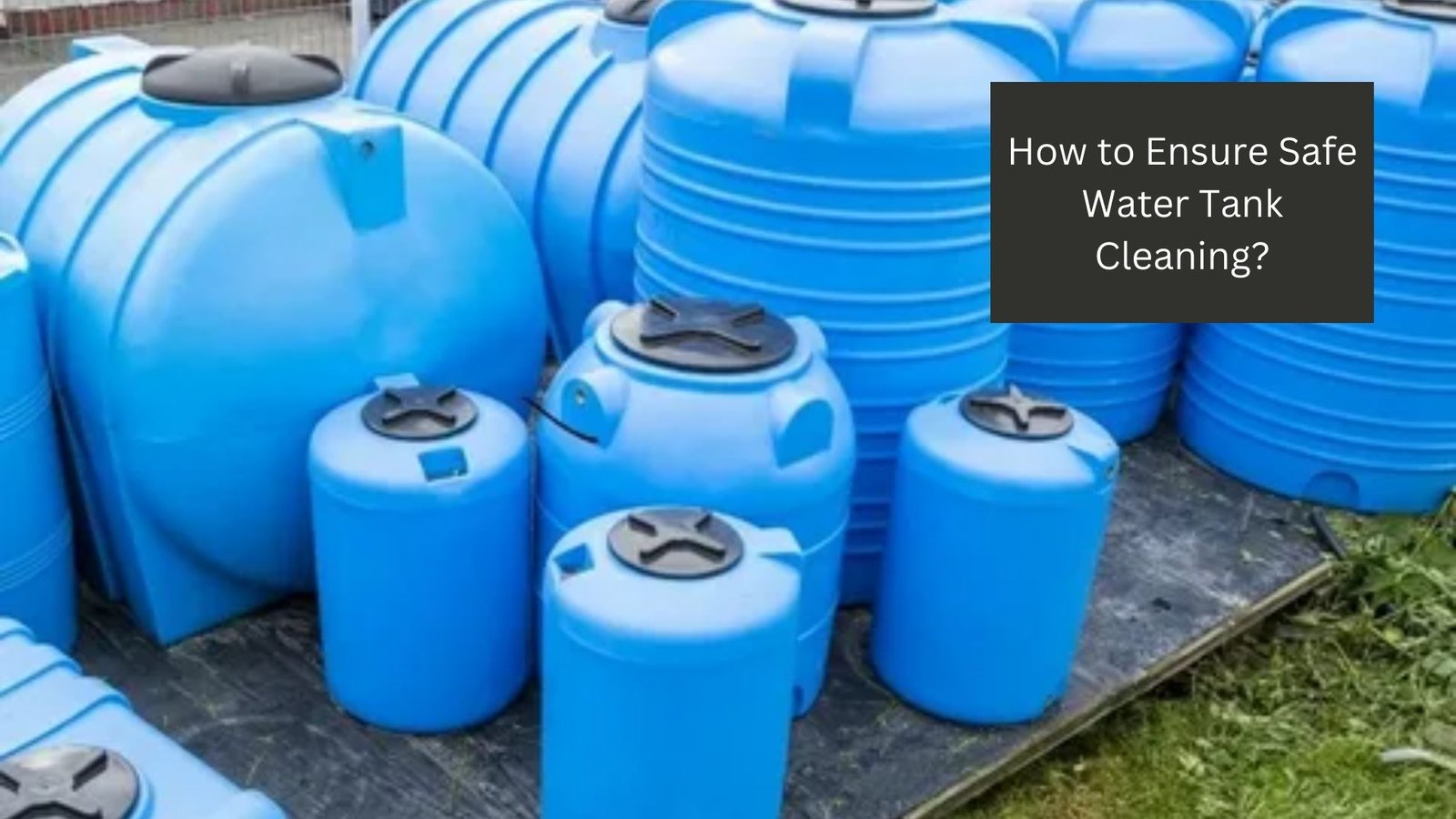Water tanks are essential for storing clean water for various uses, from domestic consumption to agricultural applications. However, over time, these tanks can accumulate dirt, debris, algae, and even harmful bacteria. Regular cleaning is crucial to maintaining water quality and ensuring the safety of users. In this article, we will explore best practices for safe water tank cleaning, including preparation, cleaning methods, and post-cleaning procedures.
Understanding the Importance of Water Tank Cleaning
NOTE : Not long ago, we handled water storage tanks cleaning for a local facility. Zenithcrew’s dedicated team ensured that every corner was cleaned, providing peace of mind regarding water safety. The results spoke for themselves. Take action today—trust Zenithcrew for your water tank cleaning!
Health Risks of Dirty Water Tanks
Dirty water tanks can harbor pathogens, bacteria, and other contaminants that pose serious health risks. According to the World Health Organization (WHO), contaminated water is responsible for a significant number of waterborne diseases, including cholera, dysentery, and typhoid. Ensuring clean water storage is vital for public health, particularly in areas relying on stored water.
Regulatory Standards and Compliance
In many regions, water storage systems are subject to health and safety regulations. Compliance with local, national, and international standards is necessary to avoid legal repercussions and ensure public safety. Understanding these regulations can guide effective cleaning practices and help maintain compliance.
Preparation for Water Tank Cleaning
Assessing the Tank Condition
Before initiating the cleaning process, it is essential to assess the condition of the water tank. Check for leaks, corrosion, and the presence of sediments. Conducting a thorough inspection helps identify potential issues that may need to be addressed during cleaning.
Gathering Necessary Equipment and Supplies
Proper cleaning requires specific tools and materials to ensure safety and effectiveness. Common supplies include:
- Protective gear (gloves, masks, goggles)
- Cleaning agents (non-toxic disinfectants, detergents)
- Brushes and scrubbers (long-handled for deep cleaning)
- Hoses and pumps (for draining and rinsing)
- Vacuum equipment (for removing sludge)
Creating a Cleaning Plan
Developing a comprehensive cleaning plan can streamline the process and ensure that all necessary steps are covered. Outline the cleaning schedule, assign responsibilities, and establish safety protocols.
Safe Cleaning Methods
Draining the Tank
Before cleaning, it is essential to drain the water tank entirely. Use pumps and hoses to remove water efficiently. Ensure that the drained water is disposed of safely, particularly if it is contaminated.
Cleaning and Disinfecting the Interior
- Removing Sediment and Debris
Once the tank is empty, remove any sediment, debris, or algae buildup. Use a vacuum or scoop to eliminate larger particles before scrubbing the tank walls. - Scrubbing Surfaces
Utilize long-handled brushes and non-toxic cleaning agents to scrub the interior surfaces. Pay particular attention to corners, crevices, and any areas with visible buildup. Ensure thorough cleaning to prevent the recurrence of contaminants. - Disinfecting the Tank
After cleaning, apply a disinfectant to sanitize the tank. Follow the manufacturer’s instructions for dilution and contact time. Rinse thoroughly with clean water to remove any residual cleaning agents.
Flushing the System
Once the tank is cleaned and disinfected, it’s vital to flush the entire system, including pipes and faucets, to ensure no contaminants remain. Run water through the system until it flows clear and free of any cleaning agents.
Post-Cleaning Procedures
Inspecting for Damage
After cleaning, inspect the tank and associated plumbing for any signs of damage or wear. Repair any leaks, cracks, or corrosion before refilling the tank to prevent future contamination.
Refilling and Testing Water Quality

Once repairs are made, refill the tank with clean water. It’s crucial to test the water quality post-cleaning to ensure it meets health standards. Water testing can identify the presence of bacteria, chlorine levels, and other contaminants.
Implementing Regular Maintenance
To ensure long-term safety and cleanliness, establish a regular maintenance schedule for the water tank. This should include periodic cleaning, inspections, and water quality testing. Regular maintenance can help prevent issues before they escalate, ensuring safe and clean water supply.
Conclusion
Ensuring safe water tank cleaning is essential for maintaining public health and complying with regulatory standards. By understanding the importance of cleaning, preparing adequately, employing safe cleaning methods, and implementing post-cleaning procedures, individuals and organizations can safeguard their water supply. Regular maintenance not only enhances water quality but also prolongs the lifespan of water storage systems. Investing in proper cleaning practices is an investment in health, safety, and sustainability.
By adhering to these guidelines, you can ensure a safe, clean, and reliable water supply for yourself and your community.
For More Isightful Articles Related To This Topic, Feel Free To Visit: empireadda



